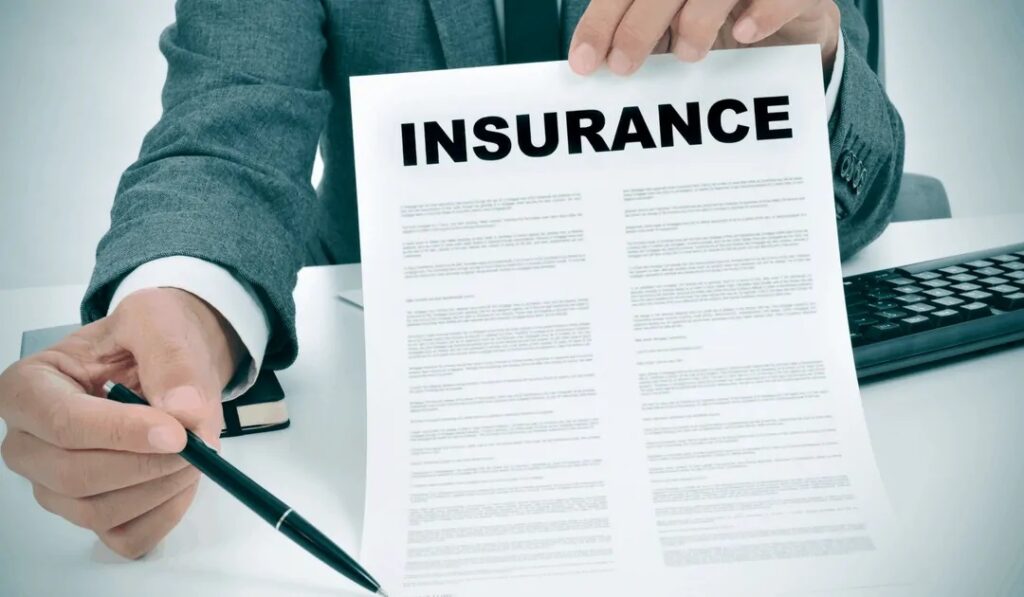In an era where natural disasters such as hurricanes, floods, earthquakes, and wildfires are becoming more frequent and severe, protecting your property with adequate insurance coverage has never been more critical. Property insurance offers homeowners and business owners a safety net, providing financial relief when disaster strikes. However, many policyholders may not realize that standard property insurance policies often have limitations and exclusions, particularly when it comes to covering damage from natural disasters. This article explores the key considerations for property insurance coverage in the context of natural disasters and helps answer the critical question: Are you fully covered?
Understanding Standard Property Insurance Coverage
A standard property insurance policy, whether for a home or business, typically covers a variety of risks. These include damages from fire, theft, vandalism, and some forms of weather-related events, such as windstorms or hail. However, standard policies often exclude specific types of natural disasters, which means you may not be as protected as you think.
- For Homeowners: Standard homeowners insurance generally covers structural damage caused by fire, lightning, windstorms, and hail, along with personal belongings inside the home. It also includes liability protection if someone is injured on your property.
- For Businesses: Commercial property insurance is similar but often provides broader coverage, protecting not only the building and equipment but also the potential loss of income due to business interruptions. Yet, even with these protections in place, many natural disasters are not covered by default.
While this may seem comprehensive, the exclusions in standard policies leave many gaps that could expose you to significant financial risk during a natural disaster.
Common Natural Disasters Not Covered by Standard Policies
There are several common natural disasters that are often excluded from standard property insurance policies. Understanding these exclusions is crucial to ensuring that you are fully protected:
1. Floods
Flooding is one of the most common natural disasters worldwide, yet it is also one of the most commonly excluded perils in standard property insurance policies. Whether caused by heavy rainfall, storm surges, or river overflows, flood damage can be devastating, leading to extensive repairs and even the loss of your home or business.
- How to Get Covered: To protect against flood damage, homeowners and business owners must purchase separate flood insurance. In the U.S., this is typically offered through the National Flood Insurance Program (NFIP), although private flood insurance options are also available. Flood insurance covers damage to the structure, electrical and plumbing systems, and, in some cases, personal belongings or business inventory.
2. Earthquakes
Standard property insurance policies also exclude coverage for damage caused by earthquakes. Earthquakes can cause widespread destruction, particularly in regions prone to seismic activity, such as California. Without proper coverage, repairing or rebuilding after an earthquake could lead to significant financial hardship.
- How to Get Covered: Earthquake insurance is typically purchased as a separate rider or policy. It covers damage to the structure, as well as personal belongings or business equipment. Some policies may also cover additional living expenses or loss of income if your home or business becomes uninhabitable.
3. Hurricanes
While damage from windstorms, which includes hurricanes, is usually covered under standard property insurance policies, coverage for storm surges or flooding caused by hurricanes is generally excluded. This means that even if your policy protects against wind damage, it may not cover water damage caused by the same storm.
- How to Get Covered: If you live in a hurricane-prone region, you’ll need to purchase flood insurance in addition to your standard property insurance. In some cases, insurers may also offer specific hurricane deductibles, which apply separately from your standard policy deductibles. Be sure to clarify these details with your insurance provider.
4. Wildfires
In recent years, wildfires have become an increasing concern, particularly in areas such as the western United States and Australia. Most standard property insurance policies do cover damage caused by wildfires, but there are exceptions, especially for homes or businesses located in high-risk areas.
- How to Get Covered: In regions where wildfire risk is high, some insurers may exclude coverage or charge significantly higher premiums. You may need to seek specialized wildfire insurance or take steps to mitigate risk, such as creating defensible space around your property, to ensure adequate coverage.
Assessing Your Current Coverage: Are You Fully Protected?
To determine whether your property insurance provides sufficient protection against natural disasters, follow these steps:
1. Review Your Policy
The first step is to carefully review your current property insurance policy. Pay attention to the “covered perils” and “exclusions” sections. These will outline what types of events your policy covers and what is excluded. If natural disasters such as floods, earthquakes, or hurricanes are not listed as covered perils, you’ll need additional coverage.
2. Evaluate Your Risk
The level of risk you face from natural disasters depends largely on your location. Properties located in coastal areas are at greater risk of hurricanes and flooding, while those near fault lines are more vulnerable to earthquakes. Understanding the specific risks in your area is essential for choosing the right insurance coverage.
- Flood Risk: If you live in a flood-prone area, check FEMA’s flood maps to determine your property’s flood zone. Homes and businesses in high-risk flood zones should strongly consider purchasing flood insurance.
- Earthquake Risk: If your property is in a seismically active region, such as the Pacific Rim, earthquake insurance should be a priority. Even areas not traditionally known for seismic activity can experience unexpected earthquakes, so consider your region’s geological history.
- Wildfire Risk: In wildfire-prone areas, consider the proximity of your property to forests or dry brush, as well as the history of wildfires in your region. Take steps to mitigate the risk, such as fireproofing your property, and make sure your insurance provides adequate protection.
3. Consider Additional Coverage Options
If your standard property insurance policy does not fully cover natural disasters, you’ll need to purchase additional coverage. This may include:
- Flood Insurance: If you’re in a flood-prone area, securing a flood insurance policy through the NFIP or a private insurer is essential.
- Earthquake Insurance: In regions with seismic activity, earthquake insurance is crucial. Check with your insurer about adding an earthquake rider to your existing policy or purchasing separate coverage.
- Hurricane and Windstorm Riders: For businesses and homes in coastal regions, consider hurricane or windstorm riders that specifically address storm damage beyond standard windstorm coverage.
- Wildfire Insurance: If wildfires are a significant risk, ensure that your policy covers fire damage, or look into specialized wildfire insurance for high-risk properties.
How to Reduce Your Premiums While Staying Covered
The cost of additional insurance for natural disasters can be substantial, but there are steps you can take to reduce your premiums while still maintaining adequate coverage.
2. Bundle Policies
Many insurers offer discounts if you bundle multiple types of coverage, such as combining your homeowners or commercial property insurance with flood, earthquake, or business interruption insurance. Ask your provider about bundling options to potentially lower your overall premium costs.
Conclusion
Natural disasters can strike without warning, and having the right property insurance coverage is essential for protecting your home or business. However, standard property insurance policies often exclude coverage for some of the most common natural disasters, such as floods and earthquakes. To ensure you’re fully covered, it’s crucial to review your policy, evaluate the specific risks in your area, and consider purchasing additional coverage where necessary. By taking these steps and staying proactive about your insurance needs, you can protect your property and financial future from the devastating effects of natural disasters.



